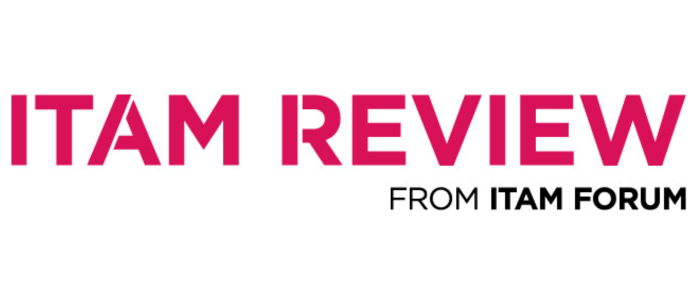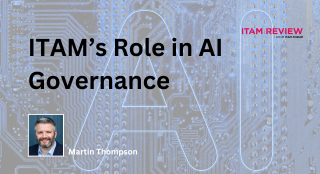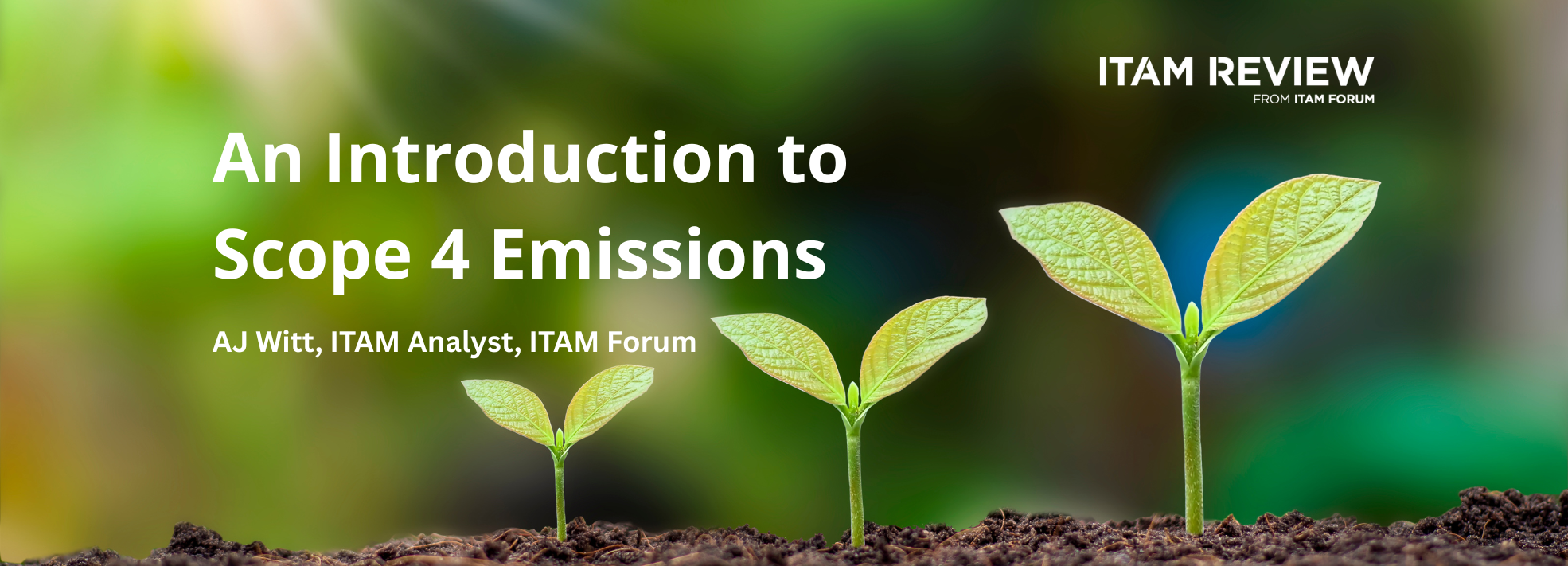The Dos and Don'ts of ROI

Kylie Fowler
This article has been contributed by Kylie Fowler. Regular columnist and Analyst at The ITAM Review.
My last article ‘Calculating Return on Investment’ discussed how to calculate the ROI of an ITAM Programme. This follow-on article looks at some of the Dos and Don’ts of using ROI in an ITAM environment.
Return on Investment – What is it?
Return on Investment is a way of measuring the success of a particular investment in time, resource or money. In much ITAM related literature it is used to justify investment in an ITAM programme, however it is also beneficial in measuring the improvement of different ITAM activities over time and evaluating the long term impact of different choices, for instance whether to automatically harvest unused software or whether to obtain users permission before uninstall.
Just to remind you, the basic equation is
But bear in mind the importance of discounting the cash flows over time to take into account the effect of inflation on both the benefits and costs.
Keep in mind the big picture
- DO align your ROI measurements to your overall business objectives – first and foremost, focus on the benefits the business wants your ITAM programme to achieve rather than fringe benefits that aren’t really important to the business, for instance hardware ever-greening in a non-technology intensive business
- DO calculate ROI for specific elements of your ITAM programme – for instance software harvesting and re-use
- DON’T just consider ROI to be a tool for justifying an ITAM Programme. You should also measure the ROI of your IT Assets themselves.
- DO consider the calculation of ROI for specific applications and technologies to be a core function of a mature ITAM programme. This is critical management information that will help guide IT investment decisions over time.
- DO measure the ROI of different scenarios over different time periods eg calculate the ROI of your desktop hardware for refresh periods of 3 vs 4 vs 5 years. The different results will provide guidance for specific decisions and provide a baseline for changes in the future
Be consistent in your assumptions
- DO spend some time identifying the assumptions you will need to make to calculate both the ‘revenue’ and ‘cost’ sides of the equation
- DO ensure your assumptions are consistent and realistic.
- DO outline your assumptions when presenting ROI calculations to management
- DO use the same assumptions over time – don’t change them every time you do a new ROI calculation. If they need to change, document why and the effect this will have when comparing older ROI calculations
- DO ensure the assumptions used align with those used commonly elsewhere in your organisation – for instance, organisations often have a standard discount rate used to calculate Present Values, and there are often Full Time Equivalent (FTE) rates for calculating the cost of employees’ time.
Use ROI to support your ITAM programme
- DO use ROI as a retrospective measure – calculate the costs and benefits of your SAM programme for the last year, for instance, rather than just using it to justify investment in future activities
- DO use ROI to measure improvement – measuring the ROI regularly year after year and showing an increasing rate of return is a very powerful way to justify existing activity and build the case for more investment
- DO measure the same things in the same way every time you calculate ROI
- DO use ROI calculations to support individual elements of your business case eg hardware disposal activities
- DON’T make ROI calculations the centrepiece of your business case – there are many benefits of a SAM Programme that are almost impossible to measure for the purposes of calculating ROI
- DO recognise that ROI is sometimes the wrong metric. Sometimes you will need to focus on qualitative rather than quantitative information, for instance when discussing the impact of reputational risks on the business
Use ROI to measure success
- DO your homework before launching into the calculations. What does success look like? How do we measure it at the moment? Only then should you work out how these measurements fit into the ROI equation
- DO ensure all your stakeholders agree what success looks like and how it should be measured to ensure your calculations are comprehensive
- DON’T overstate the benefits – there will be many ITAM activities where the benefits overlap and it is easy to fail to properly isolate the benefits of individual activities. The result is the benefits as a whole will be overstated for each ROI calculation. This applies equally to the costs as well!
- DON’T underestimate the costs – ensure you talk to all your stakeholders to identify ALL the impacts of the activity or change
- DO be rigorous and consistent when estimating the proportion of overall costs and benefits that should go into each calculation. Ensure you are consistent both between different calculations and over time
…. and finally
DO expect management to be sceptical about high ROI figures. They know the dramatic effect different assumptions can have on an ROI calculation and how easy it is to underestimate costs and overstate benefits. Be prepared to defend both your assumptions and the rigour of your cost and benefit assessments.
This article has been contributed by Kylie Fowler. Regular columnist and Analyst at The ITAM Review.
Can’t find what you’re looking for?
More from ITAM News & Analysis
-
The Future of ITAM
As an ITAM Industry Analyst, I’m often asked what ITAM’s future looks like. This can be a tough question to answer because when it comes to the future, there are endless possibilities. Often, it seems, some ... -
The Allure of the Cloud: What are We Chasing?
When I ask ITAM professionals about their transition to the cloud, the responses are often similar. “It wasn’t my decision.” It’s striking how many people feel this way—decisions about moving from on-premises solutions to the cloud ... -
The M&S Cyberattack: How IT Asset Management Can Make or Break Your Recovery
Marks & Spencer (M&S), the iconic UK retailer, recently became the latest high-profile victim of a devastating cyberattack. Fellow retailers The Co-Op and Harrods were also attacked. Recent reports suggest the rapid action at the Co-Op ...
Podcast
ITAM training
Similar Posts
-
The M&S Cyberattack: How IT Asset Management Can Make or Break Your Recovery
Marks & Spencer (M&S), the iconic UK retailer, recently became the latest high-profile victim of a devastating cyberattack. Fellow retailers The Co-Op and Harrods were also attacked. Recent reports suggest the rapid action at the Co-Op ... -
AI in ITAM: Insightful Signals from the Front Line
During our Wisdom Unplugged USA event in New York in March 2025, we engaged ITAM professionals with three targeted polling questions to uncover their current thinking on Artificial Intelligence—what concerns them, where they see opportunity, and ... -
How ISO/IEC 19770-1 Can Help Meet FFIEC Requirements
In the world of ITAM, the regulatory spotlight continues to intensify, especially for financial institutions facing increasing scrutiny from regulatory bodies due to the growing importance of IT in operational resilience, service delivery, and risk management. ... -
An Introduction to Scope 4 Emissions
Executive Summary For ITAM teams, sustainability is a core responsibility and opportunity. Managing hardware, software, and cloud resources now comes with the ability to track, reduce, and report carbon emissions. Understanding emission scopes—from direct operational emissions ...





